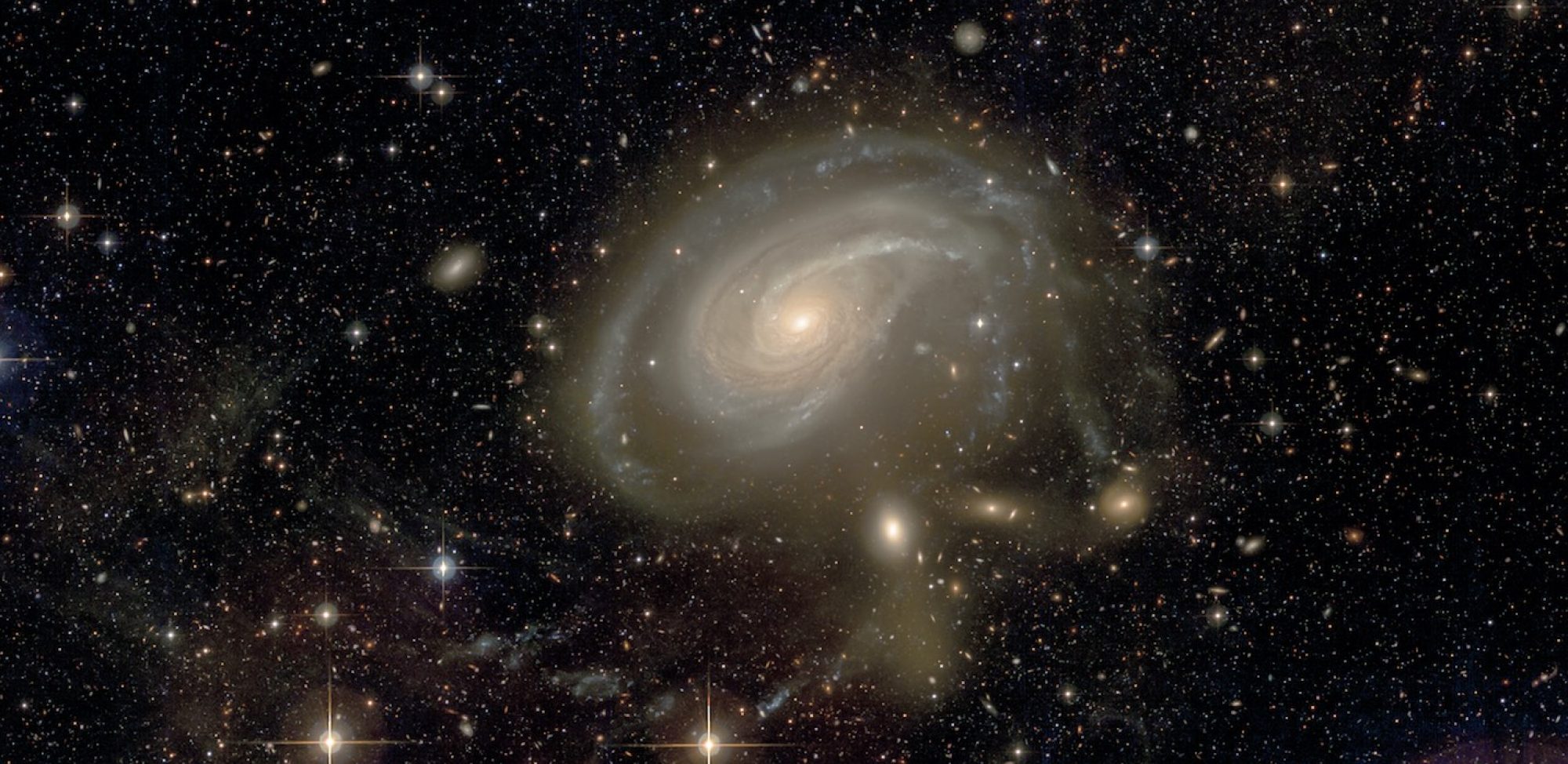
Ultra diffuse galaxies, characterized by their low surface brightness and large physical size, constitute a subclass of dwarf galaxies that challenge our current understanding of galaxy formation and evolution. In this paper, we probe the properties of 74 UDGs, identified in the MATLAS survey, based on a comprehensive study of their globular cluster (GC) populations. We obtained high resolution HST imaging of these galaxies using the ACS F606W and F814W filters, allowing us to select GCs based on color and concentration index.
After background subtraction and completeness correction, we calculate an overall total of 387 GCs. The number of GCs per galaxy ranges from 0 to 38, with the majority (64%) having low counts (0-2 GCs). On average, the more massive UDGs host a larger number of GCs. We find that our UDGs have specific frequencies (S_N) ranging from 0 to 91, with a small population (9%) with S_N > 30. The median S_N of our sample is similar to the one for the Perseus cluster UDGs, despite the fact that our UDGs are found in lower density environments. The S_N measurements for individual galaxies can extend beyond those found in Perseus, but remain below the values found for UDGs in the Virgo and Coma cluster. Based on a trending analysis of the S_N values with the host galaxy properties, we find trends with host galaxy size, roundness, color, and local density. For the UDGs with sufficiently high statistics, we study 2D density maps of the GC distributions, which show a variety of appearances: symmetric, asymmetric, off-center, and elongated. The UDGs with disturbed density maps also show disturbed stellar light morphologies. We further quantify the distribution by modeling it with a Sersic profile, finding R_{e,GC}/R_{e,gal} ~ 1.0, which indicates that the GCs follow the stellar light of the host galaxy.
Marleau F., Duc P.-A., Poulain, M. et al., 2024, A&A in press, arXiv:2408.03311

